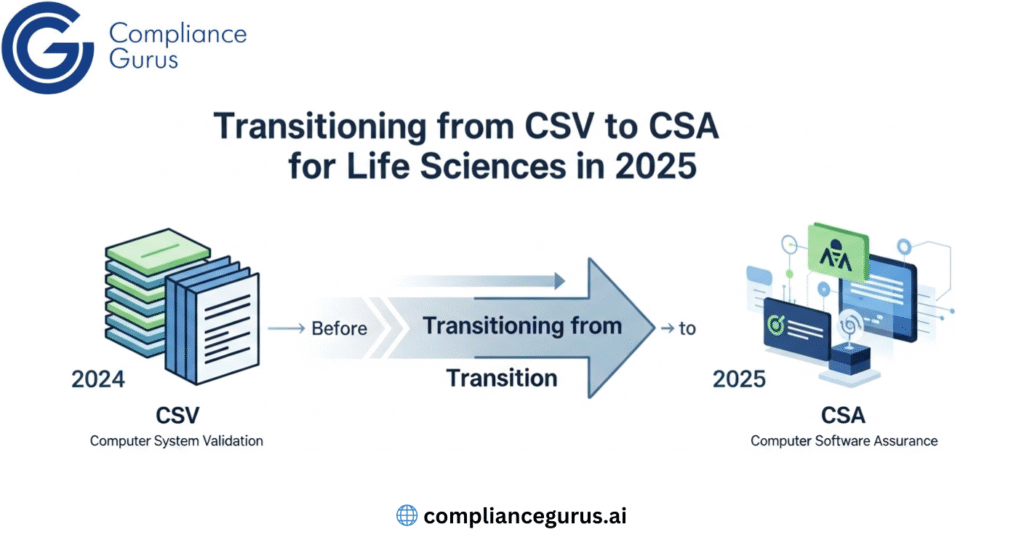Data is the backbone of trust in life sciences. Keeping it accurate and secure isn’t just a rule, it’s a promise to patients.
Picture baking a cake for a friend’s birthday. Mix up the recipe, say by grabbing salt instead of sugar, and you’ve got a disaster. In life sciences, data plays that same big role. It shapes decisions about safety and quality. One tiny slip can lead to huge headaches, like fines or risks to patients. That’s why data integrity programs and assessments matter so much. They keep your data spot-on, locked tight, and in line with FDA rules. Those rules exist to protect patients and build trust.
The FDA takes data integrity seriously. They call out issues in their reports all the time, and that can mean delays, product recalls, or even legal trouble. A strong data integrity program does more than check boxes. It guards your company’s reputation and ensures your products are the best they can be.
What Data Integrity Means and What the FDA Wants?
Data integrity is about making sure your data is right, full, and dependable from the moment you create it until you need it again. The FDA uses a set of ideas called ALCOA+ to keep data solid:
- Attributable: You know who made the data.
- Legible: It’s easy for anyone to read.
- Contemporaneous: You jot it down when it happens.
- Original: It’s the first version or a true copy.
- Accurate: It matches what actually took place.
- Complete, Consistent, Enduring, Available: It’s got all the details, stays the same every time, lasts as long as needed, and you can pull it up anytime.
These points are the core of data integrity programs and assessments. The FDA also has rules like 21 CFR Part 11 that cover electronic records and signatures. That’s where computer software assurance steps in as a key piece.

Steps to Build Strong Data Integrity Programs
Here’s a simple rundown on how to create a tough data integrity program:
- Figure out what’s off: Start with a gap assessment. Think of it as a checkup for your data setup. Review your rules, processes, and systems to see if they match FDA standards. This pinpoints the big fixes first, like who gets into your systems or how you track edits. Tip: Bring in experts to catch everything.
- Make a data governance plan: It’s like your team’s playbook for handling data. Include:
- Clear info on who’s in charge of the data.
- Step-by-step guides (SOPs) that stick to ALCOA+.
- Training sessions so everyone’s on the same page.
- This keeps things consistent, cuts errors, and avoids trouble with regulators.
- Add technical controls: Rules are good, but tech controls really hold up your software. Try these:
- Give each person their own login tied to their role.
- Have systems log who changes what and when.
- Lock data with encryption and other safety tricks.
- These beat manual checks since they’re less prone to slip-ups and guard your data well.
- Check software the smart way: Use computer software assurance (CSA). It’s a method to test software by focusing on the riskiest parts. Here’s how:
- Spot the data and steps that matter most for safety and rules.
- Test only what needs it based on risk.
- Lean on the software maker’s tests to save effort.
- CSA cuts paperwork and speeds up updates, keeping your systems safe and current.
- Train your people: Your team is the first line of defense. If they’re not clued in, even top systems can flop. Teach them ALCOA+ and FDA rules, show real examples of why it counts, and keep training fresh. A sharp team messes up less and catches issues early.
Handling FDA Remediation Like a Pro
When the FDA spots trouble, you’ve got to fix it quickly. Here’s how to nail FDA remediation:
- Dig into why it happened: Start with a root cause analysis. Ask stuff like: Who got into the system? What got changed? Are there holes in tracking or access? Did the team get enough training?
- Plan the fix: Tackle the biggest problems first. Set deadlines and goals, like updating guides or tweaking systems. Swap manual tasks for tech where errors creep in. Check progress often to stay on track.
- Boost systems with CSA: Lean on computer software assurance to get your software ready. Test wisely and monitor to spot issues fast. Make sure systems follow FDA rules, add alerts for odd stuff, and use automation to simplify data checks.
- Prep for the FDA’s return: They’ll want proof you fixed it. Keep your papers handy, update your guides, and run practice audits to be sure you’re set.

Tackling Common Problems
Here’s how to handle some usual hiccups:
- People messing up: Swap typing for tools like scanners and double-check work.
- Security worries: Shield data with encryption and test your setup regularly.
- Mixed-up rules: Set the same data standards everywhere and connect systems for smooth flow.
How Tech Helps Data Integrity?
Tools like lab systems and electronic data capture make a difference. They log changes, handle e-signatures, and check data on the fly. Linking your lab system to clinical trials can cut mistakes. AI can even watch for trouble as it happens.
Data Integrity: A Never-Ending Trip
Keeping data integrity solid takes constant effort. Rules shift, tech gets better, and new challenges pop up. Build flexible programs and stay in the know. Check things often, train your team regularly, and get everyone to care about accuracy. Fixing FDA problems isn’t just about patching holes; it’s about strengthening your setup so issues don’t come back. With computer software assurance, you can use new tools safely and keep data you can trust.
Need help making your data integrity programs and assessments rock-solid? Reach out to us at Compliance Gurus. We’ll guide you in meeting FDA standards and keeping your data and patients safe.








